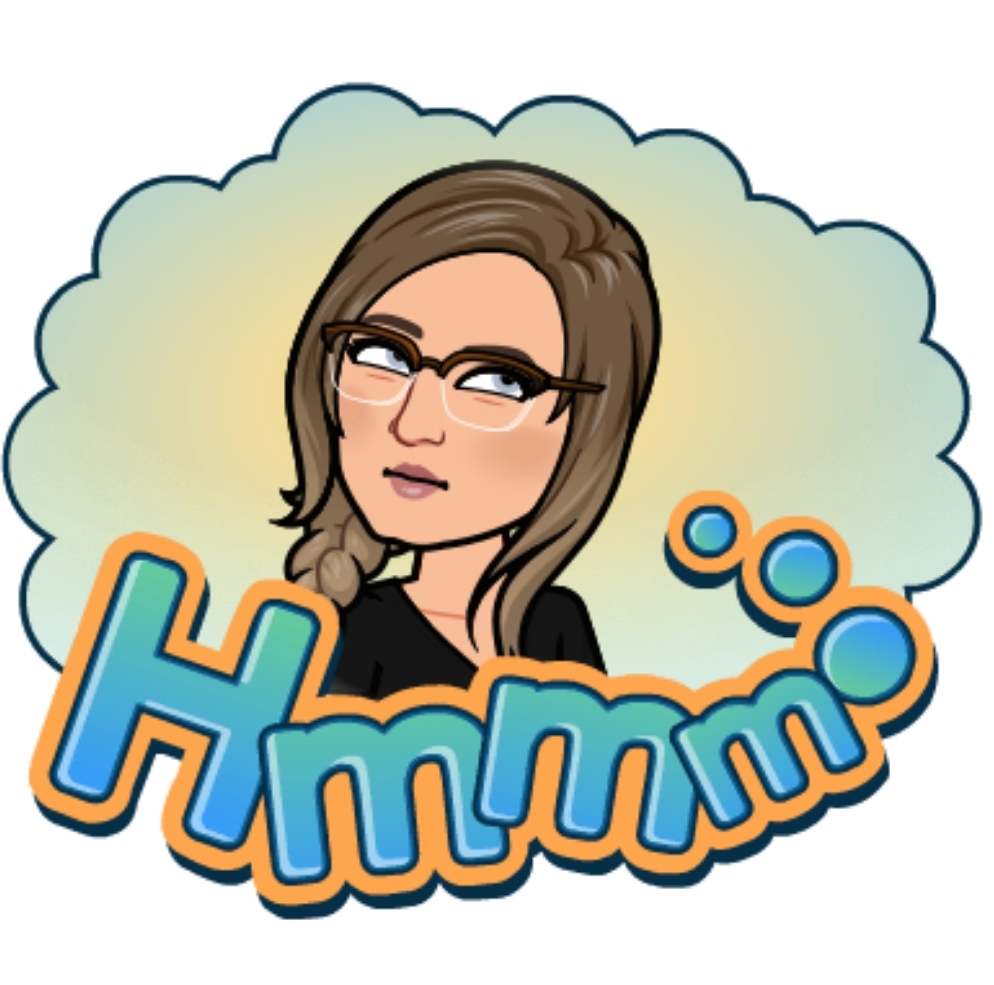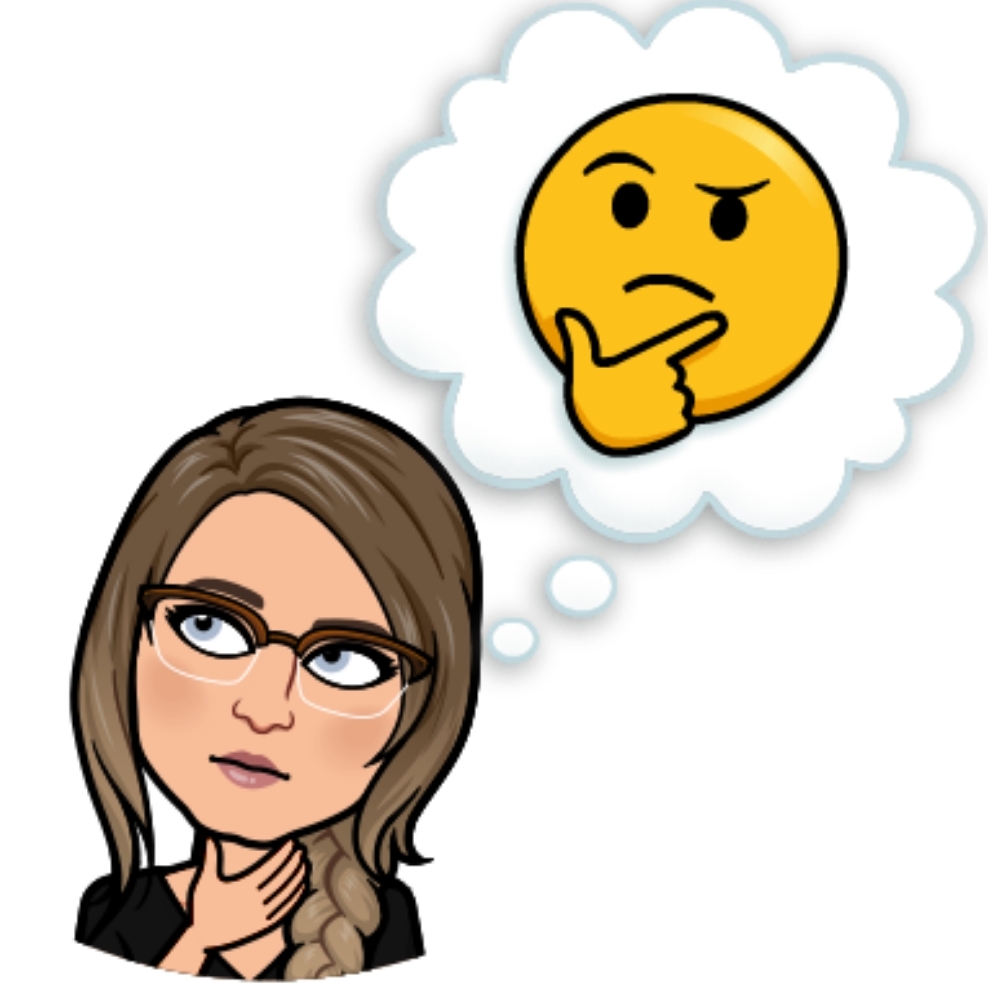How do we decide what we teach?
An important question to consider as an educator is ‘What do we teach and why?’. This is an important question because it allows a teacher to critically analyze the implications of what they teach and how they teach it. For this same reason, it is also important to consider how school curriculum is decided.

How is school curricula decided?
Curriculum is a complicated concept that involves multiple factors. These factors also play a role in how curriculum is both decided and implemented. Understanding curriculum begins with understanding it’s basic principles, “Most curricula are organized around at least two objectives — very general or broad goals and then much more specific learning activities and objectives.” (Levin, 2008, p. 14). In addition, curriculum is also influenced by multiple factors. These factors include, politics, community, students and teachers (Levin, 2008). Once these principles are understood, it is easier to understand how curricula is decided.
According to Levin (2008), curriculum is decided upon by first examining the existing curriculum, gathering data about the existing arrangements, considering various ideas for change, and then trying to arrive at consensus on recommendations for the new curriculum; all of these steps are decided by a committee of experts that include academics and teachers.
What did I gain from reading Curriculum Policy and the Politics of What Should be Learned in Schools?
What I learned from reading Levin’s article is that curriculum is not simple. Deciding on what to teach students is a complicated process that is influence by societal movements, politics, social justice issues, teachers, students, geographical location, and other factors.

My Thoughts on how Curriculum is Decided
I think that considering how complex curriculum is, it is important to reevaluate what we teach and how we teach it on a regular basis. I also believe that as a classroom teacher, there is an enormous amount of responsibility to adapt the curriculum so that it benefits each student in their classroom.
References